The difference between the Union Flag and the Union Jack — and why you should never have them on a cushion
From the good old Union Jack to a personal banner depicting your own design, there are countless ways of setting your flag pole aflutter, but be sure to avoid flag cushions at all costs, cautions John F. Mueller.

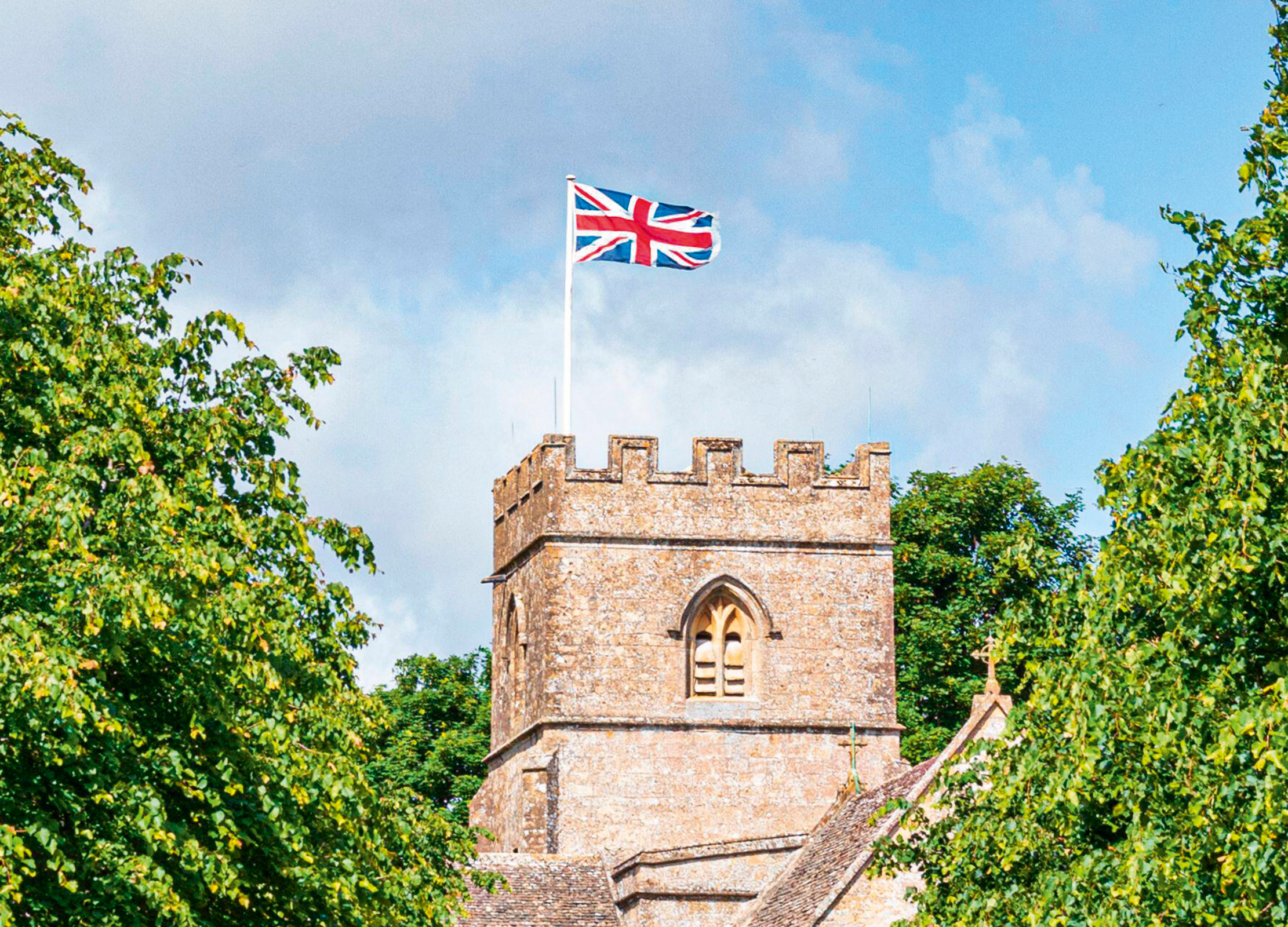
The thrill of visiting an historic site or official building is often heightened by the flamboyant fluttering of bright colours high above it, making some bold declaration that is sometimes lost to the uninitiated. During the past year alone, national joy and sorrow were expressed a great deal through the flying of flags. Their hoisting is a statement that anyone can make, but requires a few careful considerations to prevent an embarrassing faux pas.
Most likely to be used across the United Kingdom is the Union Jack or Flag. Its design layers the cross of St George (for England) above the crosses of St Andrew (Scotland) and St Patrick (Northern Ireland). Unfortunately, Wales does not get a look in, being a principality. The Flag Institute warns that ‘the Union Flag has a correct way up — in the half of the flag nearest the flagpole, the wider diagonal white stripe must be above the red diagonal stripe’ — meaning that Scotland takes precedence over Ireland.
And despite their growing popularity in interiors, ‘it is improper to use national flags as a table or seat cover,’ as the Institute points out. A serious vexillologist — someone who studies flags — abhors their use as anything but a flag, out of respect. Those Union Jack cushion covers may seem very patriotic, but you are actually sitting on a national symbol. Sorry.
The predecessor of today’s Union Jack was adopted in 1606, when Scottish and English ships began using the same flag. The design dates from 1801, when the cross of St Patrick was added. Several legends surround the origins of the name Jack. Some claim it has something to do with it being invented in the reign of James I; others think it was designed by a chap of that name. Those who believe it is named after the jackstaff — a flagpole on a ship — are only half right. The term ‘jack’ was used before 1600 to describe a small flag, with the pole named after the flag about 150 years later. Calling the Union Flag a ‘jack’ thus refers to the time when it was often used in a small format.
Taking precedence over the Union Jack is the Royal Standard. This is a banner of the Royal Arms, which is why it looks different in each of The King’s realms. However much of a monarchist one is, one should never fly this banner unless the monarch is on the premises. It is usually supplied by the Lord Chamberlain’s department for those places honoured by a visit. As soon as The King arrives, it must be hoisted promptly and smartly — and lowered equally decorously when he leaves. On no other occasion may the Royal Standard be used and it is never flown at half mast, as there is always a monarch.
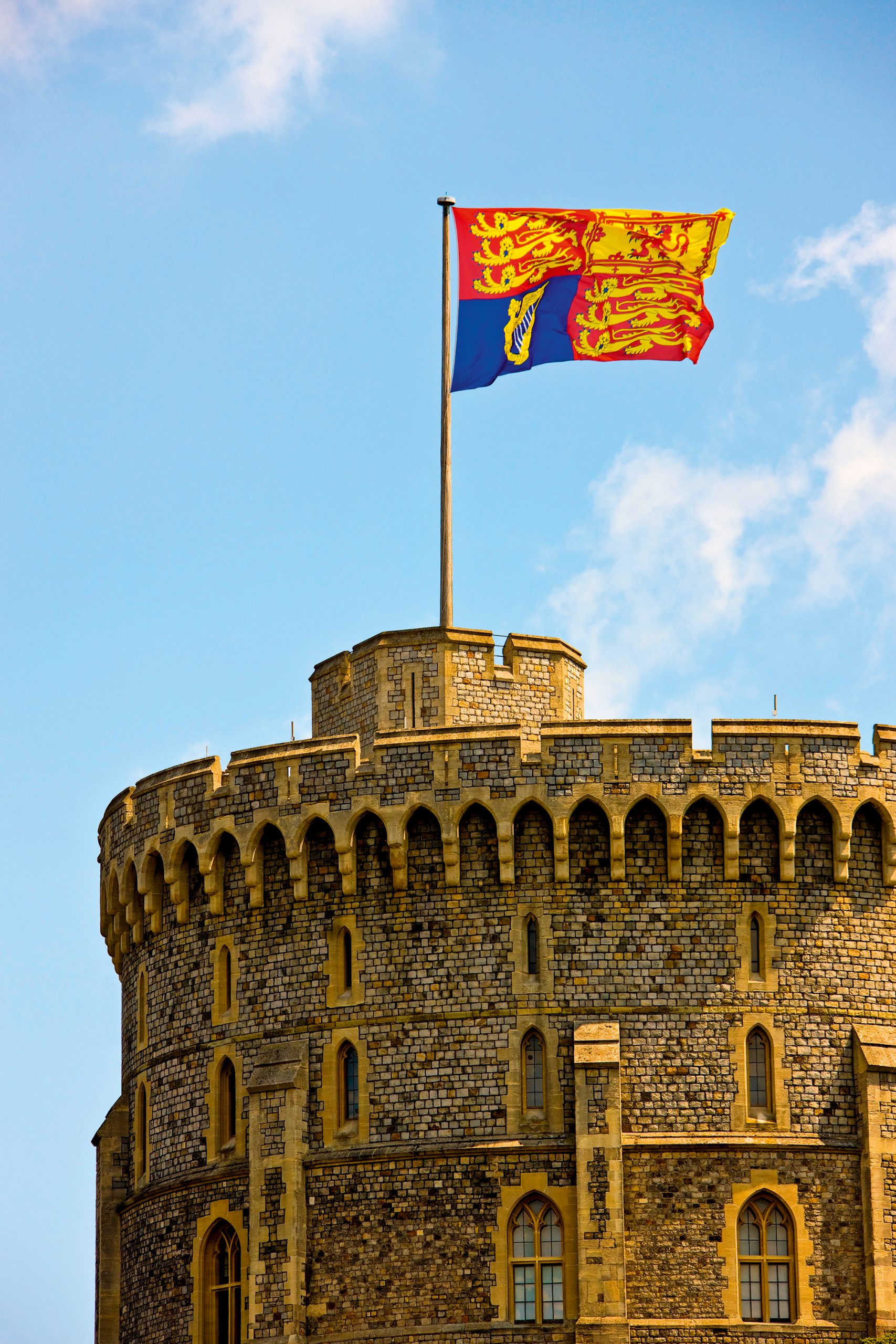
If there is a reason to mourn, one should not have the flag positioned at the halfway point. Instead, the flag should be hoisted right to the top and then dropped to about one-third of the height (or at least the height of the flag). To lower it again, the flag should be hoisted back up, before letting it down.
Most flags, of course, can be flown without special permission — these include the flags of most nations (some exceptions apply), international organisations, local authorities, historic counties, the Armed Forces and the pride flag. You may not, however, fly corruptions of these, such as a Union Jack with anything superimposed. Use only one flag per pole. Flying two above each other sends the message that the top flag has vanquished the one below, as when a ship captured an enemy’s vessel. Using a banner depicting your own arms, trademark and even sports club is allowed, but only if they contain no advertising, which would require permission.
Exquisite houses, the beauty of Nature, and how to get the most from your life, straight to your inbox.
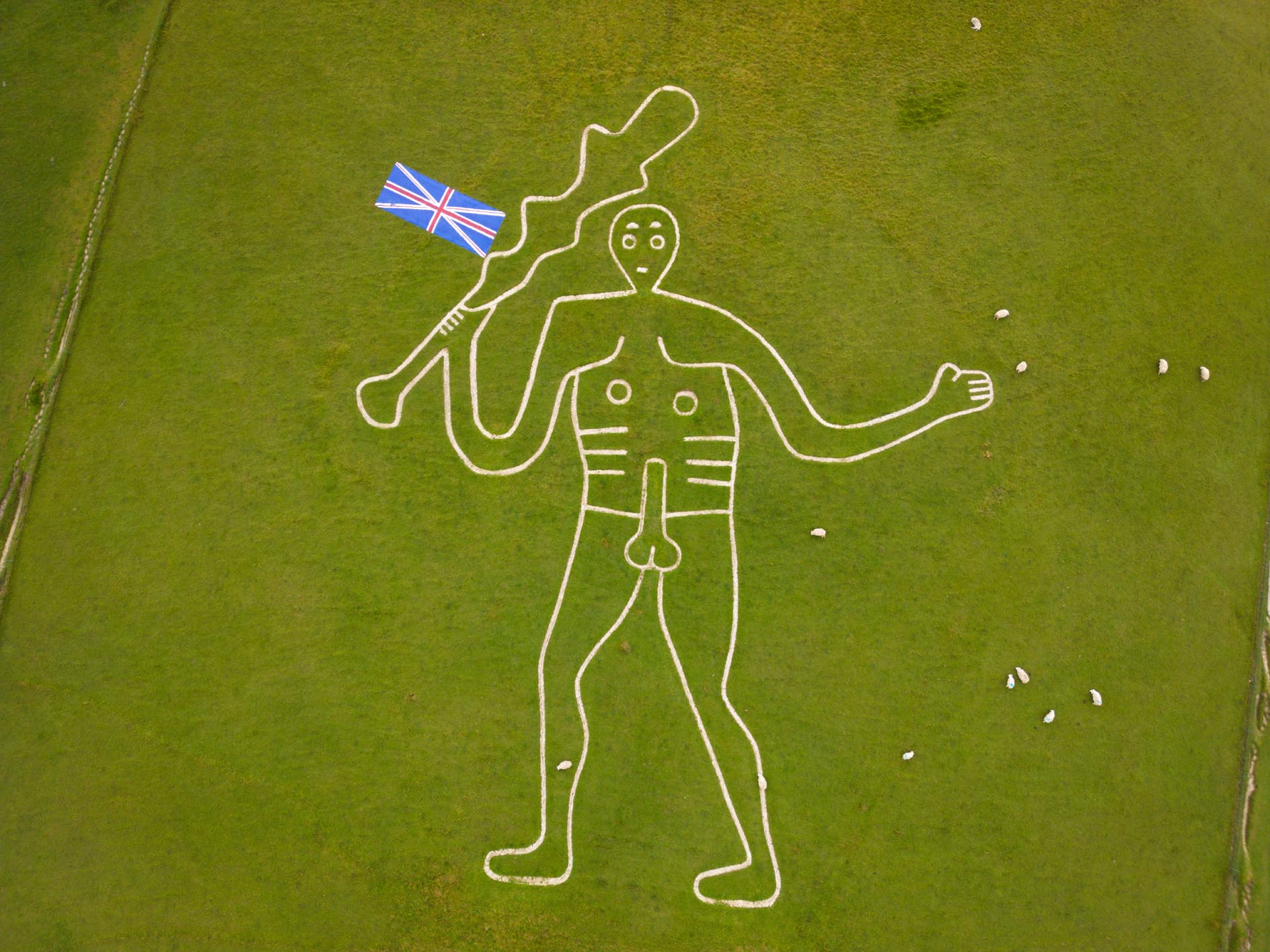
With the exception of the Royal Standard, you may also fly a flag on any day of the year. To get noticed by the neighbours — and have more fun — you could even introduce variety. There are days on which the Union Jack must be flown from government buildings, such as the birthday of The King, Commonwealth Day and Remembrance Sunday.
But, on your private pole, you could start with these and then fly the English flag on St George’s Day, the Welsh flag on The Prince of Wales’s birthday and the cross of St Andrew when your favourite Scottish aunt is visiting. Should official flag days collide, it is best to stick to the order of precedence, beginning with the Royal Standard and national flag, and ending with those personal to you and those of organisations or movements.
Many counties and towns also have historic flags, such as Suffolk, with its arrows and crown of St Edmund, or Cornwall, with the characteristic white cross on black. Other regions have acquired their own more recently through the Flag Institute’s Community Flag scheme, which offers guidance on how to go about adopting a flag. Leicestershire’s, for example, shows the county’s links with fox-hunting and the Earls of Leicester. And, of course, you could fly your own personal banner (of your coat of arms or other suitable design relating to you) when you are in residence, much as is done for His Majesty.
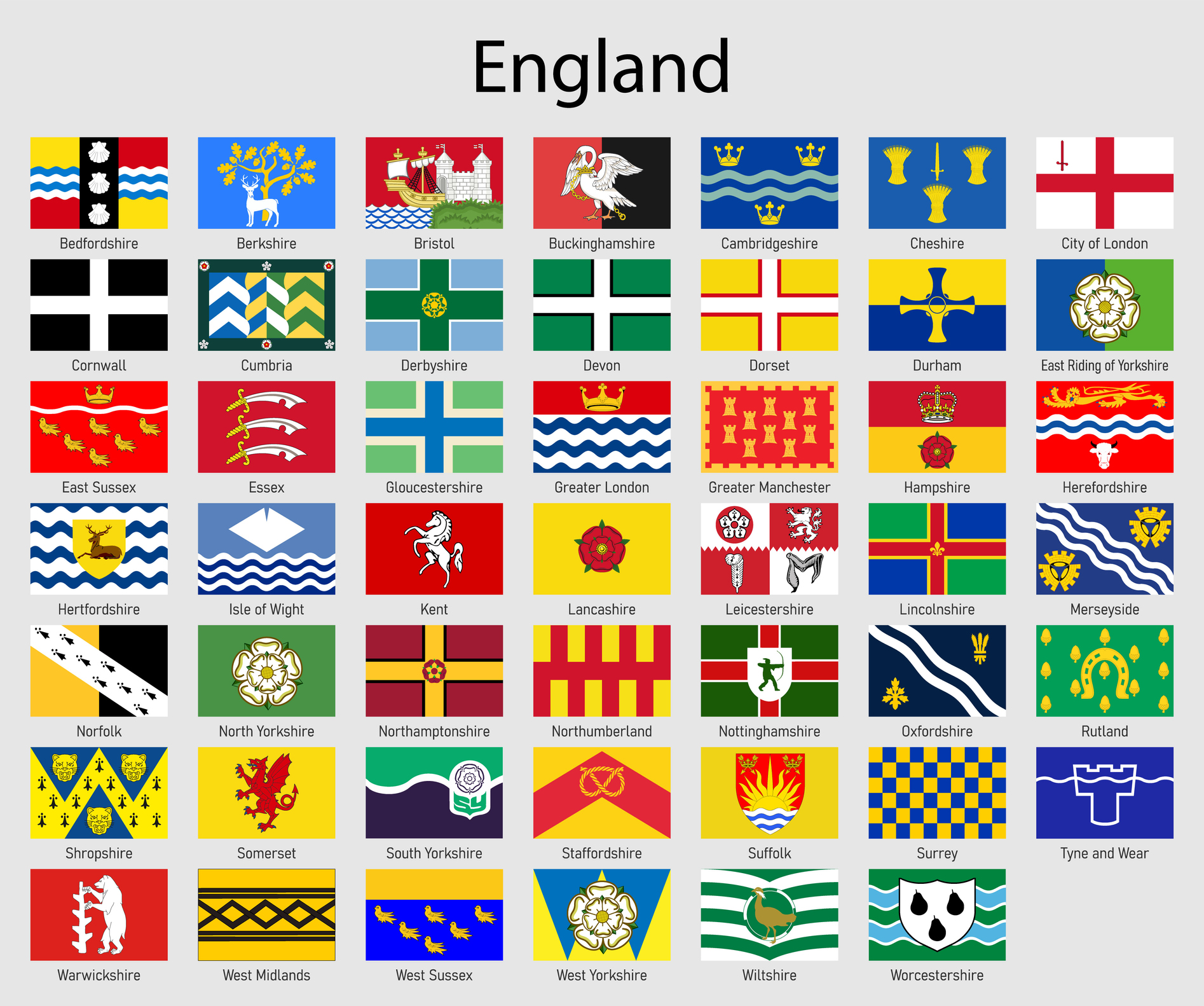
It is important to remember that flags represent people, institutions and nations and that we fly them out of respect for what they stand for, so good care and maintenance are paramount. They should be clean and have no tears. Mended flags are permitted. It is usual to hoist the flag at sunrise and lower this at sunset. In practice, this hardly ever happens, in which case it is more appropriate to fly a pennant of the desired flag. These smaller, but longer and pointed versions of flags are permitted to ‘stay out’ after dark.
Equally, the flagpole needs to be smart. Aluminium or fibreglass are the favoured materials today as they require little maintenance, but historic ones are more often made of wood. Consider where you place it: in the ground or onto a building? Will it withstand the weather? Is it clear of official signage? Will the flag get entangled in something? It may be worth checking with your local planning authority to ensure that you are complying with its rules, especially if you want a very tall pole or live in a conservation area. If you have no suitable location yourself, does your local church, scout troop or parish hall have a pole? Perhaps they would appreciate a helping hand.
Apart from the pole and some sort of anchorage, you will need a halyard (rope) with attachments to fasten the flag to (such as hooks or toggle), a cleat or similar device for fastening the loose end of the rope towards the base and a pulley at the top that allows the halyard to pass through it smoothly. A finial, in the shape of a — mostly gold — ball, cone or other device adds a dramatic topper to the whole. Entire flag kits, containing all these, can be bought, but it is equally as good — and can be quite fun — to assemble a flagpole oneself. Sturdy Christmas ornaments, securely fastened and painted gold, have proven particularly effective finials for the author, offering a suitable flourish to the pageantry of vexillology.
When flags go wrong
- The historic flag of Thailand showed an elephant, which was changed when the King spotted one hanging upside down. The distressed monarch replaced it with a flag that could be hoisted either way up.
- At the BBC concert marking the Queen’s Platinum Jubilee last year, the flag of the Republic of Ireland was erroneously used to represent Northern Ireland.
- Imagine the UK ambassador to Romania’s surprise when he was ushered to a table displaying the flag of Iceland.
- At the Football World Cup in Qatar, the flag of the Brazilian state of Pernambuco created havoc as it features a rainbow, wrongly interpreted as an LGBTQ symbol.
- If the flag of the Philippines is hoisted the wrong way up, it indicates the country is at war — a mistake that is frequently made.
- Ballot papers were sent out in Texas displaying the Chilean, rather than the slightly similar, Texan flag.
- The flag of Norway is regularly mistaken for the controversial Confederate flag in the US.
- During a state visit to China by the chancellor of Germany, members of the delegation were handed lapel badges with the flag of Turkey.
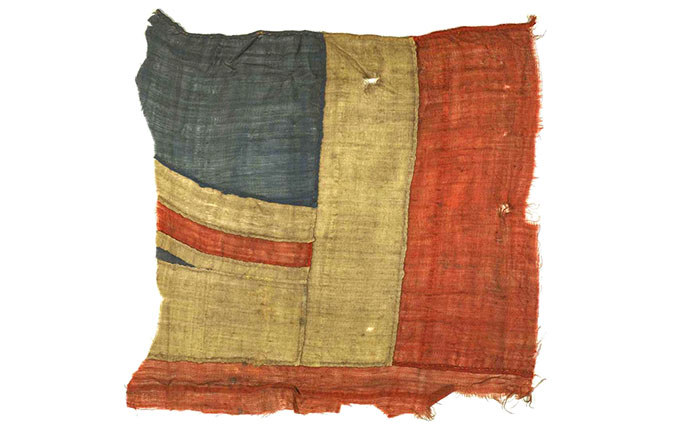
Nelson's Union Jack from HMS Victory sells for almost £300,000
Sotheby's are selling an extraordinary fragment of history: the remnants of the flag flown from the HMS Victory at the
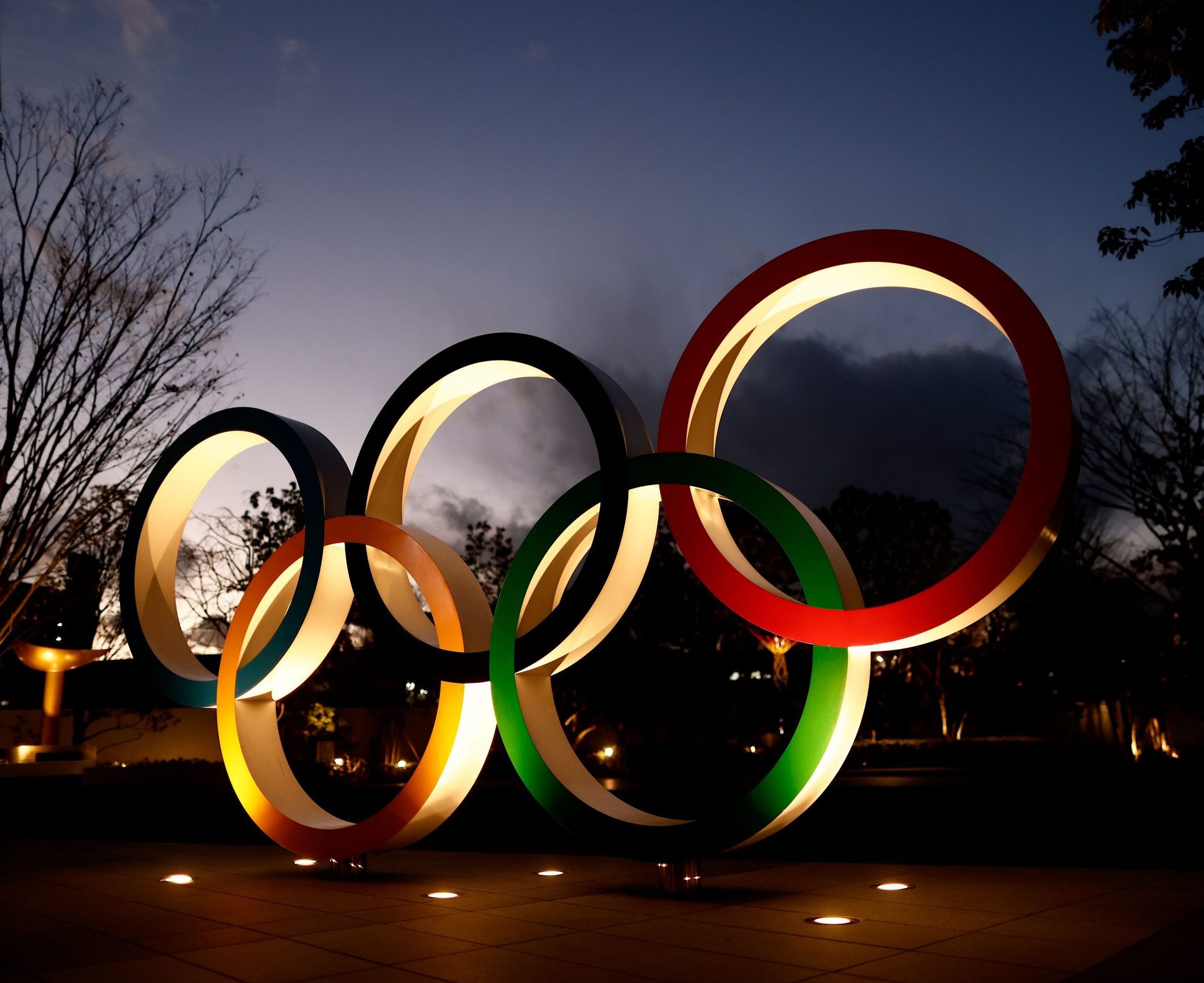
Credit: AFP via Getty Images
Curious questions: Did the modern Olympics really start in Much Wenlock?
Martin Fone traces the history of the Olympics and examines the contribution of Shropshire doctor William Penny Brookes.

Curious Questions: How far can you see on a clear day?
A walk to a local hilltop prompts Martin Fone to wonder just how far you can see, assuming perfect atmospheric
Country Life is unlike any other magazine: the only glossy weekly on the newsstand and the only magazine that has been guest-edited by His Majesty The King not once, but twice. It is a celebration of modern rural life and all its diverse joys and pleasures — that was first published in Queen Victoria's Diamond Jubilee year. Our eclectic mixture of witty and informative content — from the most up-to-date property news and commentary and a coveted glimpse inside some of the UK's best houses and gardens, to gardening, the arts and interior design, written by experts in their field — still cannot be found in print or online, anywhere else.
